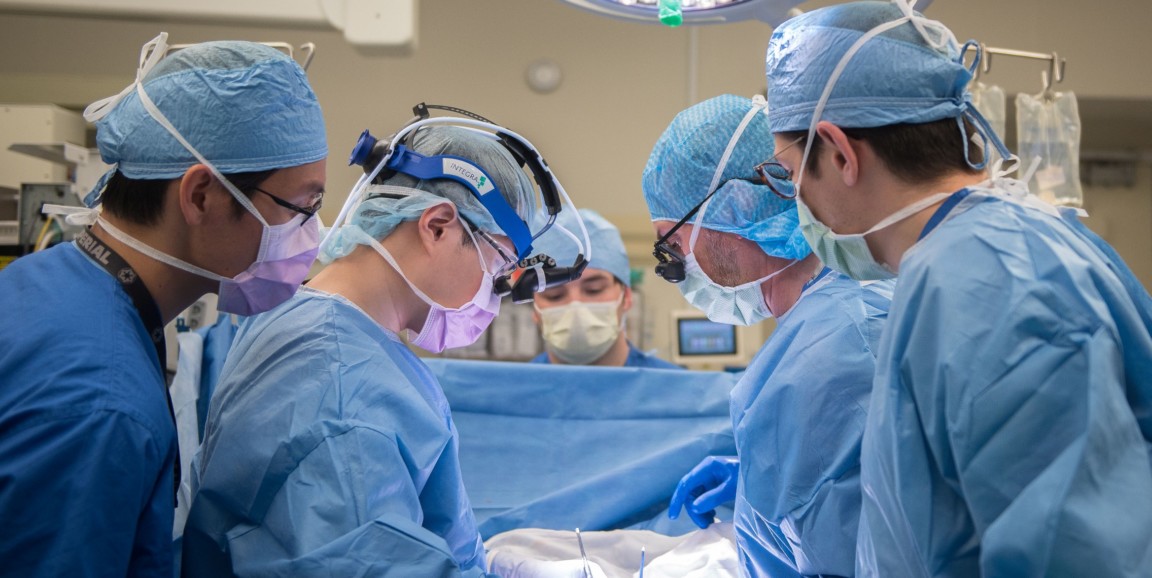Currently there are nearly 100,000 Americans on the kidney transplant waiting lists, with many hovering in limbo and waiting for a kidney as long as five or ten years, according to the nonprofit Living Kidney Donors Network.
Most of these patients make at least three trips a week to dialysis centers to undergo the arduous process of being hooked up to machines for hours in order to remove bodily wastes and keep them alive until their transplant.
"For patients on dialysis, one year is the equivalent of eight in terms of aging," says Xingxing Cheng, MD, a nephrologist and lead author of a recently published Stanford study on a new model for reducing needless time spent waiting on these lists. "We need to get these patients ready for transplant faster."
Cheng told me the San Francisco Bay Area has some of the longest kidney wait lists in the country, with Stanford's list at 1,600. This is the result of people living longer than average in the area, but it proposes a new set of problem, she says.
"The wait-list is ever lengthening. Candidates are becoming older and sicker, as reflected in rising proportion of diabetes and long dialysis duration," Cheng and her co-authors wrote in the study.
In 2015, Stanford started the Transplant Readiness Assessment Clinic, known as TRAC, a new strategy to handle the increasingly complex national wait-list management system. The effort was spearheaded by Jane Tan, MD, senior author on the paper, and received wide support from the rest of the department.
Currently, patients on the wait list are listed as either "active" or "inactive." Both groups are accruing time while on the list, which is important because patients are prioritized by how long they've been waiting. The "inactive" patients, though, are not eligible for a donor kidney until they are medically, psychologically, and socially prepared to undergo a transplant.
The goal of TRAC is to help these "inactive" patients progress to the "active" group by improving cardiovascular health and physical fitness so they're ready for transplant surgery. "We bring patients into the clinic and get them worked up as soon as possible," Cheng says.
Many patients are in need of cardiovascular care before crossing over to the 'active' column. Physical function and frailty is also an issue.
"A lot of these patients are very weak, they are very out of shape," Cheng explains. "The nurse coordinators do a 6-minute walk test down the corridors. If the results are poor we recommend home activities or physical therapy care. If they can barely get out of bed or only walk 500 feet in six minutes, we work to get them up to at least 1,000 feet."
In certain cases, if physicians find that the patient's disease is too advanced, making the patient too weak for transplant surgery, they begin discussions about whether they should be on the waiting list, and what their options are.
For their study, which was published in the journal Clinical Transplantation, Cheng and her colleagues examined 195 patients who participated in the new program during a 16-month period.
Results of the study showed that during this time period, the number of kidney transplants operations at Stanford increased by more than 30 percent, indicating the new system was helping get patients to surgery faster. The study also found that 38 percent of patients crossed over to "activate" on the wait list compared to less than 26 percent during the same time period prior to TRAC's implementation.
"TRAC is set up in such a way to better prepare patients for transplant," Cheng says. "It is unique in the country. We think it could provide a new model for other transplant centers across the country."
Photo by Rachel Baker




